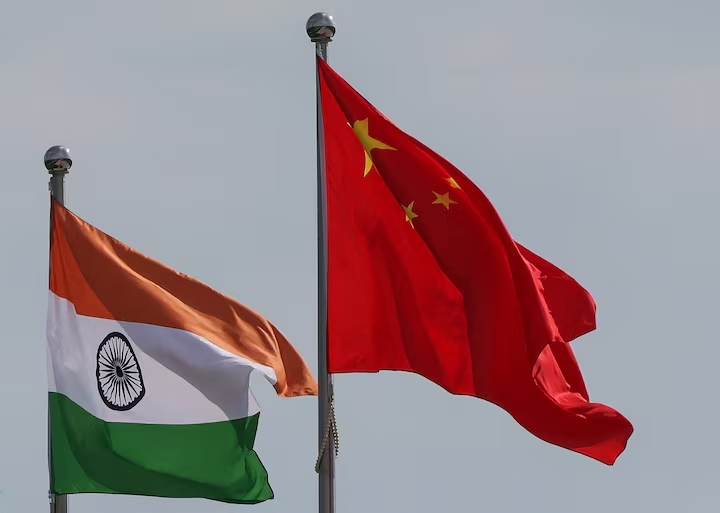New Delhi, India — India and China will restart direct passenger flights later this month, ending a suspension of more than five years. The move, announced by India’s foreign ministry on Thursday, is being seen as a cautious but significant step in efforts to mend strained bilateral relations.
Flights Return After Pandemic and Political Freeze
There have been no direct commercial flights between the two Asian giants since early 2020, when the COVID-19 pandemic first triggered widespread travel restrictions. The suspension, however, persisted long after most countries reopened, largely due to rising diplomatic tensions following a deadly border clash in Ladakh that same year.
Despite the absence of air connectivity, China has remained India’s largest bilateral trade partner, with two-way trade exceeding $136 billion in 2024.
IndiGo Leads the Way
India’s biggest airline, IndiGo, confirmed it would relaunch daily non-stop flights between Kolkata and Guangzhou starting October 26. The carrier also announced plans to expand routes to include direct services from New Delhi to a Chinese hub in the near future.
Aviation industry experts believe other airlines may follow suit once demand stabilises, with business and student travel expected to drive bookings.
Diplomatic Breakthrough at SCO Summit
The decision to restore flights comes just weeks after Prime Minister Narendra Modi’s high-profile visit to China — his first in seven years — to attend a meeting of the Shanghai Cooperation Organisation (SCO).
During bilateral discussions, Modi and Chinese President Xi Jinping agreed that India and China should be regarded as “development partners, not rivals.” Both leaders stressed the importance of strengthening trade ties amid global tariff uncertainties and supply chain disruptions.
Trade Deficit Concerns Linger
While Modi signalled India’s commitment to improving economic ties, he also raised concerns about India’s ballooning trade deficit with China, which currently stands at nearly $99.2 billion. Indian officials have pushed for greater access to Chinese markets for pharmaceuticals, IT services, and agricultural goods to balance trade.
Border Peace Still Central
Modi also underlined the need to maintain peace and stability along the disputed Himalayan frontier. The 2020 Galwan Valley clash, in which soldiers from both sides were killed, led to a five-year-long military standoff, straining ties to their lowest point in decades.
Although several rounds of commander-level talks have helped ease tensions, both armies continue to maintain heavy deployments along the Line of Actual Control (LAC). Analysts note that confidence-building measures like the resumption of flights could help create a more conducive environment for broader diplomatic engagement.
Analysts: Symbolic but Cautious Step
Foreign policy analysts view the resumption of air connectivity as largely symbolic but important. “Flights won’t resolve the border issue, but they help restore normal channels of people-to-people and business exchange,” said one Delhi-based strategic affairs expert. “It’s a confidence-building measure that signals both sides are willing to compartmentalise their differences.”
Looking Ahead
The restoration of direct air services is expected to benefit students, business travellers, and tourists who previously relied on third-country connections. However, observers caution that deeper challenges in India-China relations — from border disputes to geopolitical competition in Asia — remain unresolved.
For now, the reopening of skies is being hailed as a small but notable thaw in a relationship that has been frozen for half a decade.
SOURCE : REUTERS | Follow Us: Facebook | Instagram | Twitter | Youtube |



